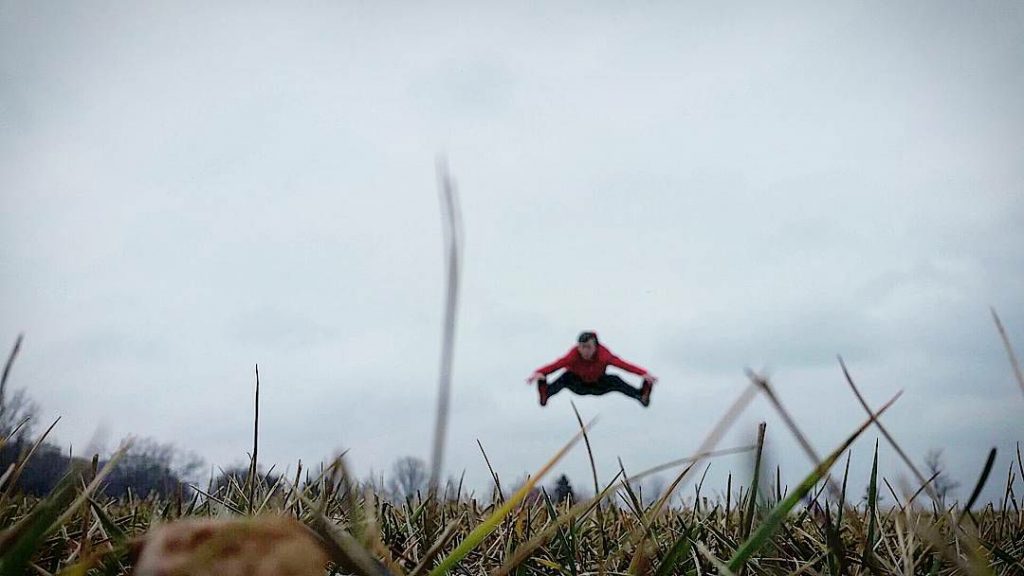
Leg day has become a staple part of bodybuilders’ community over the past few years.
There’s a reason for that: squats and deadlifts are two great compound lifts.
However, they’re two exercises that don’t exist in calisthenics.
So what now?
We look for alternative bodyweight exercises that can be just as effective as traditional weight-lifting.
And guess what? They exist.
Just take a look at Lazar Novovic, a famous calisthenics athlete. He only uses body weight to train his legs and has a powerful and imposing lower body.
Still not satisfied? Then look at gymnasts. Gymnasts have well-proportioned bodies and need strong legs to complete flips. Their leg training involves lots of calisthenics.
The benefits of training your legs with calisthenics
Calisthenics athletes do not have chicken legs. If you didn’t look before, verify this fact with Lazar Novovic, whose impressive body is almost exclusively developed with bodyweight.
This is one of the most common preconceived notions about calisthenics, and it’s completely wrong.
In fact, calisthenics offers much healthier benefits when training your legs than traditional weight-lifting.
1. It develops your flexibility
Let’s take a look at the deep squat.
I challenge you to try doing 20 squats, following this step-by-step tutorial.
Harder than it seems, right?
That’s because calisthenics develops your range-of-motion.
Most traditional weight-lifting will have you doing half-reps that will pump up the muscle but reduce the overall ROM of your hamstrings.
To successfully do 20-40 reps for 3 sets, your hamstrings need to be flexible enough to go down as low as proper form requires.
2. Calisthenics leg training helps you improve your balance
I’m sure you’ve heard of the staple calisthenics leg exercise, the pistol squat.
When I first met a friend, he was an extremely strong and active soccer player. And yet, he couldn’t do a single pistol squat.
Strength-wise, he was much stronger than me at that time (not anymore!). But balance and ROM-wise, I was much more advanced than him.
And that’s because I’d trained my legs with calisthenics exercises.
3. Your legs can do more than just look pretty
Calisthenics offers a variety of exercises that trains the body in as wide a range-of-motion as possible.
As I mentioned, this is amazing for flexibility. But developing your ROM will also mean that your muscles have applicable uses outside of just looking big and pretty.
You’ll develop explosive strength, which means that you’ll be able to exert a maximum amount of power in a short period of time.
You’ll have POWER thanks to explosive calisthenics training.
Calisthenics exercises to train your legs
After this, I’m sure you’ll believe that calisthenics can help you develop superhuman legs. Check out a few of the leg exercises calisthenics has to offer!
1. Pistol Squats
A pistol squat is a one-legged deep squat.
Once it gets too easy, you can up the difficulty level by slowing down each rep, adding a jump at the top, or completing the movement while standing on a balancing ball or a low pull-up bar (or high pull up bar if you dare).
How to do it:
- Stand on one leg, with arms wide open for balance
- The other leg is extended in front
- Go down fully by bending at the hip and knee of the weight bearing leg, till the buttock touches the heel
- Do not allow the other leg to touch the floor
- Come up by pushing through the heel and straightening the knee
- Repeat with the other leg
2. Box Jumps
This is an explosive exercise, that will have very quick results on your strength, endurance and muscle growth.
If you don’t have a box, you could use anything solid enough to hold you (ie. Rocks, benches, picnic tables).
How to do it:
- Get into a starting position with your knees hip-width apart, your arms parallel to the floor in front of you.
- Jump up and forward onto the box, your body relaxed.
- Use your arms for balance, and always keep your knees bent.
- Jump back down onto the ground, your body relaxed and your legs kept hip-width apart.
Doing this movement using one leg will test your balance similarly to the pistol squat. Progression for this exercise is simple; if it gets too easy, jump onto a higher surface, if it’s too hard, jump onto a lower surface.
3. Bridges
The bridge is known as a calisthenics replacement for deadlifts. It works your glutes and hamstrings, as well as your shoulders and lower back, with the added benefit of working your mobility and flexibility.
How to do it:
- Lie on your back, your knees bent and hip-width apart.
- Place your hands, palms flat above your shoulders, right by your ears.
- Push your hands and feet into the ground, raising your hips towards the ceiling.
If the full bridge is too difficult, try glute bridges. It is the same movement except with your upper back on the ground. Work on your lower back mobility with similar bending stretches as well.
To make it more difficult, you can do it with one leg, one arm, or one leg and one arm.
4. Depth Jumps
Depth jumps originated from the Russian trainer, Dr. Verkhoshansky.
How to perform it:
- The movement begins on top of a small box, rock, bench, etc,
- Take a small leap down to the ground
- When you land, keep your body relaxed. Don’t tense your knees, or they will absorb too much of the impact.
- As soon as you land, immediately jump forward or up as far as possible.
This movement was originally known as shock training, because of how quickly your muscles need to react and jump. The depth jumps, similar to box jumps, will train your lower body explosiveness, and build mass in the entire legs, including the calves.
5. Sprints
Sprints have a fat burning and muscle building effect.
Typically, you do sprints in intervals, for example, sprint for ten seconds, then walk/rest for twenty seconds, and repeat.
The intensity of the sprinting will keep your heart rate high throughout the entire rest period.
One of the main things Sprinting has over long distance cardio is EPOC, meaning you continue to burn calories after your workout.
But the benefits of sprinting don’t end there. Sprints work the entire leg, helping build up lower body muscle, lose fat, and improve nutrient partitioning.
So, there you have it. You now know five ways to build lower body muscle and strength using calisthenics.
So even a calisthenics athlete shouldn’t skip leg day!
I recommend training your legs at least twice per week if you do split workouts.
If you train with full body routines, make sure to pick an exercise to do every workout for at least five sets.
How do you train your legs? Share your routines in the comments or in our Facebook group!
But what if I can’t do some of these exercises?
Create an optimal training routine just for you
This is a problem a lot of us run into. We’re given routines – usually based on a standardized level – beginner, intermediate, advanced. The Movement Athlete Academy used to do that too – because it’s very hard to create a personalized training for each and every person unless we spend a significant amount of time with them.
There was just one problem with this approach (actually there are a lot of problems with it) – it hindered our athletes’ progress. We’ve written extensively on the matter in the blog post, The end of beginner/intermediate/advanced – that is hurting your training.
It simply explains why a lack of personalization is hurting your training.
Imagine if some of these exercises above were too hard for you. Your body will try to compensate with a poor form, movement dysfunction and possibly risk injury if it’s too challenging.
If some of these exercises were too easy they wouldn’t challenge your muscles to grow – you’d simply be wasting your time.
This is why we created The Movement Athlete Academy: to offer a fully personalized training program reflecting exactly where your level is for optimal performance.
Take the assessment to see how do you stack up on the 8 fundamental calisthenics moves
Share the results and comments in our Facebook Group

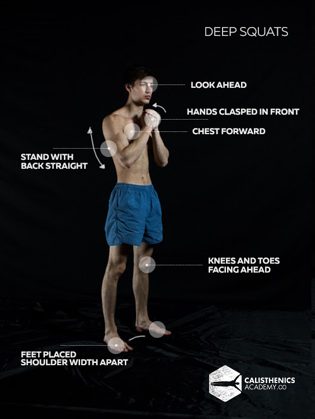
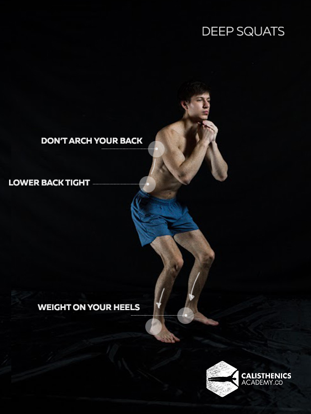
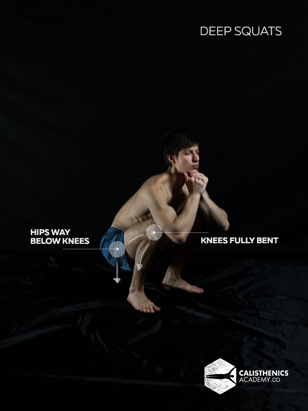
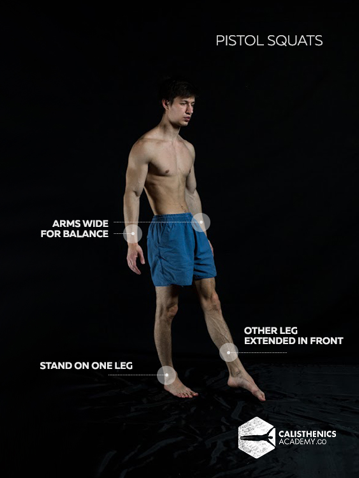

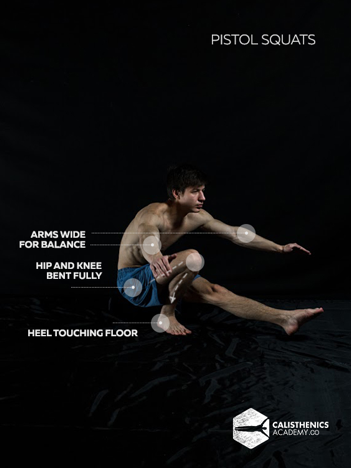





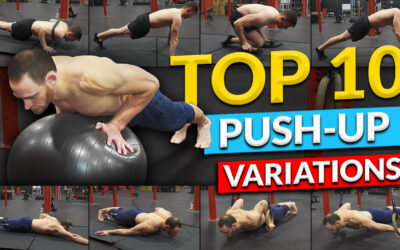
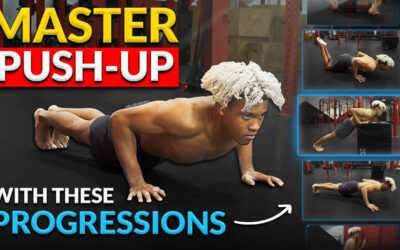

0 Comments